Akiya Homes for $500: The Cheapest Way to Own a Home in Japan
In an attempt to alleviate the capital’s population density, the Japanese government previously incentivized families to move from Tokyo to rural regions. Eligible couples with children aged 18 or younger were offered about one million yen ($7,700) per child for relocation. However, many parents rejected the offer, arguing that the money wasn’t enough to compensate for the inconvenience of moving.
Demographic Crisis and Shrinking Rural Towns
The relocation fee, more generous than the 300,000 yen (around $2,240) per child offered earlier, was part of the government’s effort to rejuvenate rural areas. Tokyo’s population swelled significantly over the years, with thousands migrating to the capital annually in search of better job opportunities and higher pay. This migration pattern, combined with Japan’s rapidly aging and declining population, left rural towns empty.
Affordable Old Houses in Japan: A Solution to Population Imbalance?
With the ongoing population imbalance, an increasing number of old houses in Japan’s rural areas are being sold for low prices or even given away for free. These affordable old houses may offer a more compelling incentive for families considering relocation.
Check Out These Akiya Deals:
Some cities like Tochigi and Nagano have “akiya banks.” These websites, developed by the city or municipal governments, list abandoned homes. Some of them are available for as little as 50,000 yen ($455).
Such websites include Miyoshi Style (appears to be an official government website) or Akiya Banks (an aggregating website), which are resources and services for global citizens looking to stake their claim to a piece of rural Japan. JapanInsides.com is not affiliated with these companies in any way, and we cannot vouch for their services. But they appear to be one of the “akiya banks” you want to search for.
What Types of Akiya Houses are Available?
Here an example located in Sakata City, Yamagata Prefecture.
Listed for sale at ~$13,000 USD. This akiya was built in 1988, 1922 sqft home sitting on 5500 sqft lot.



Here’s two examples of the Akiya houses located in Hiroshima
Miyoshi, Hiroshima / 広島県三次市
House #1




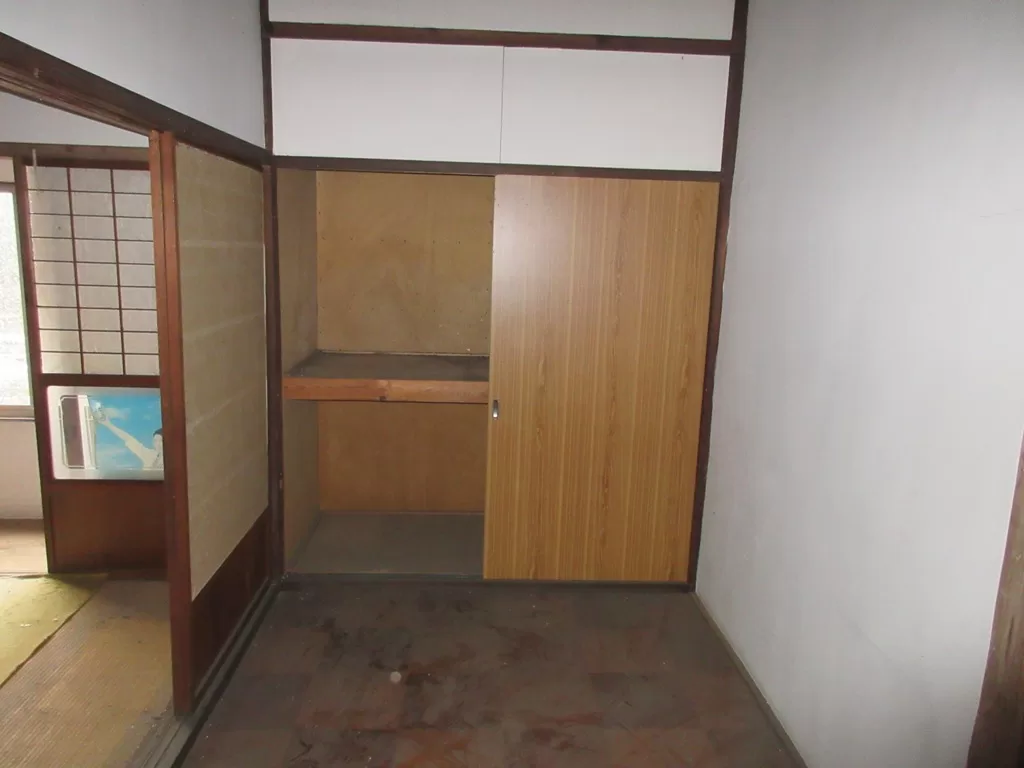
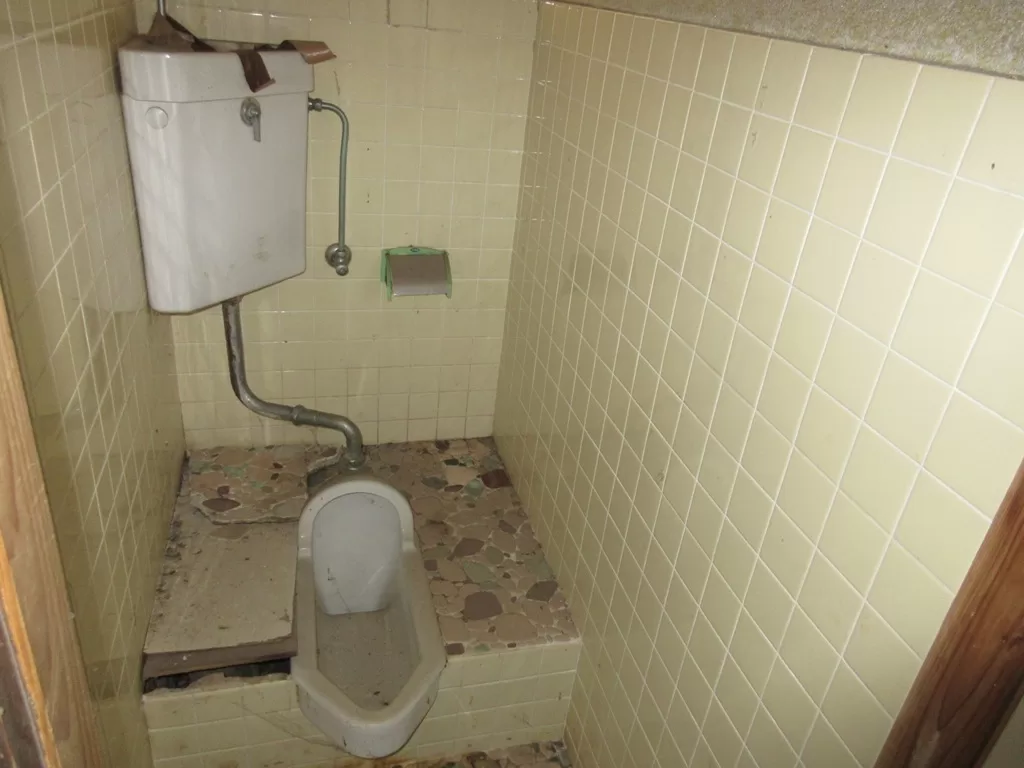
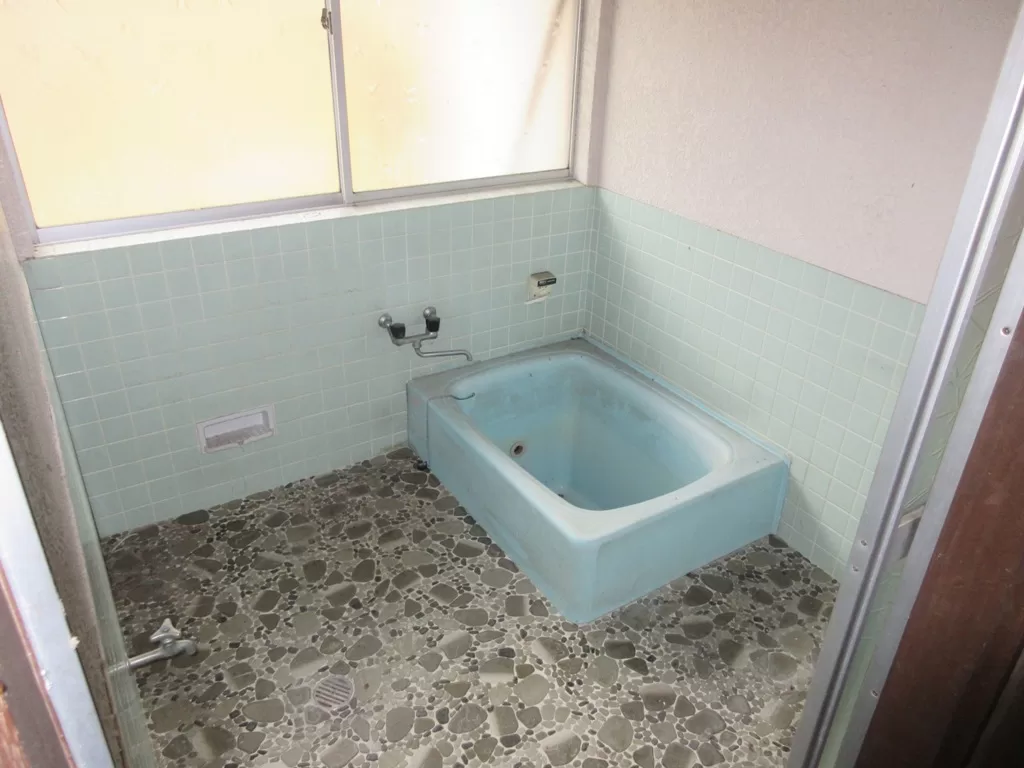
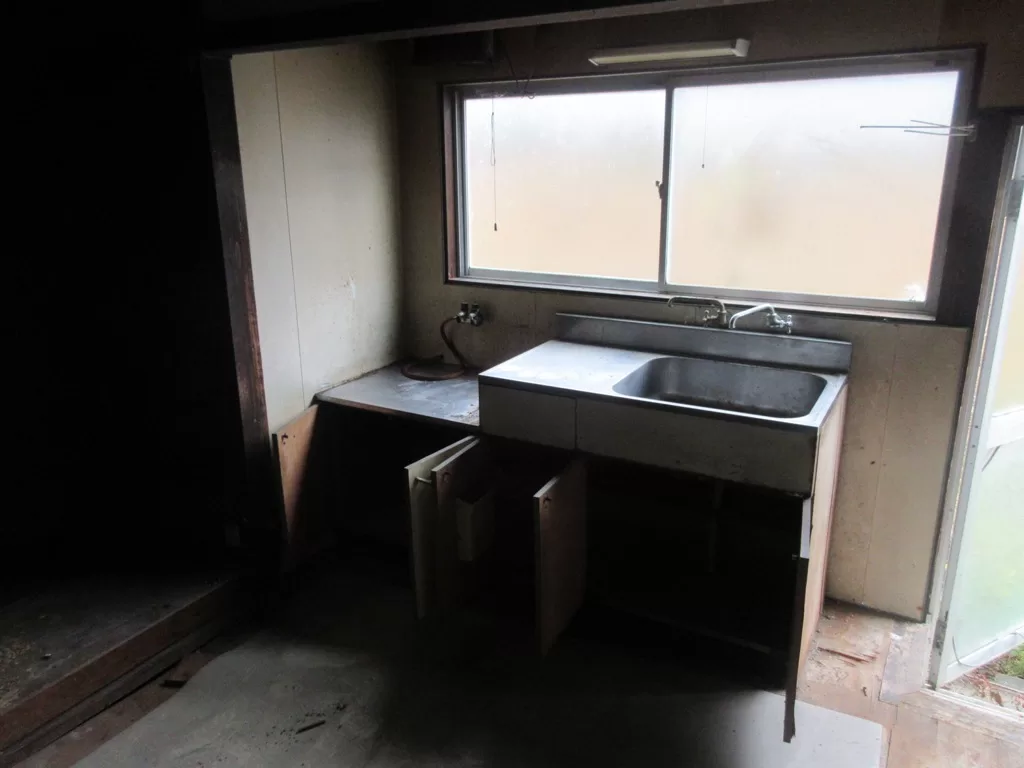
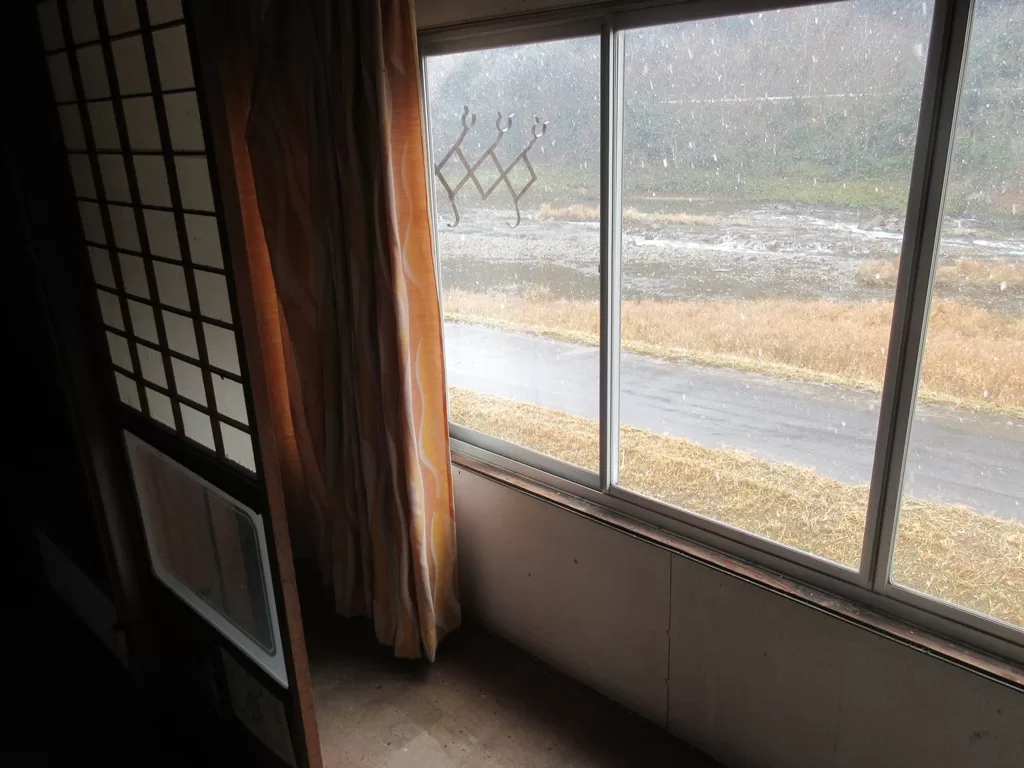
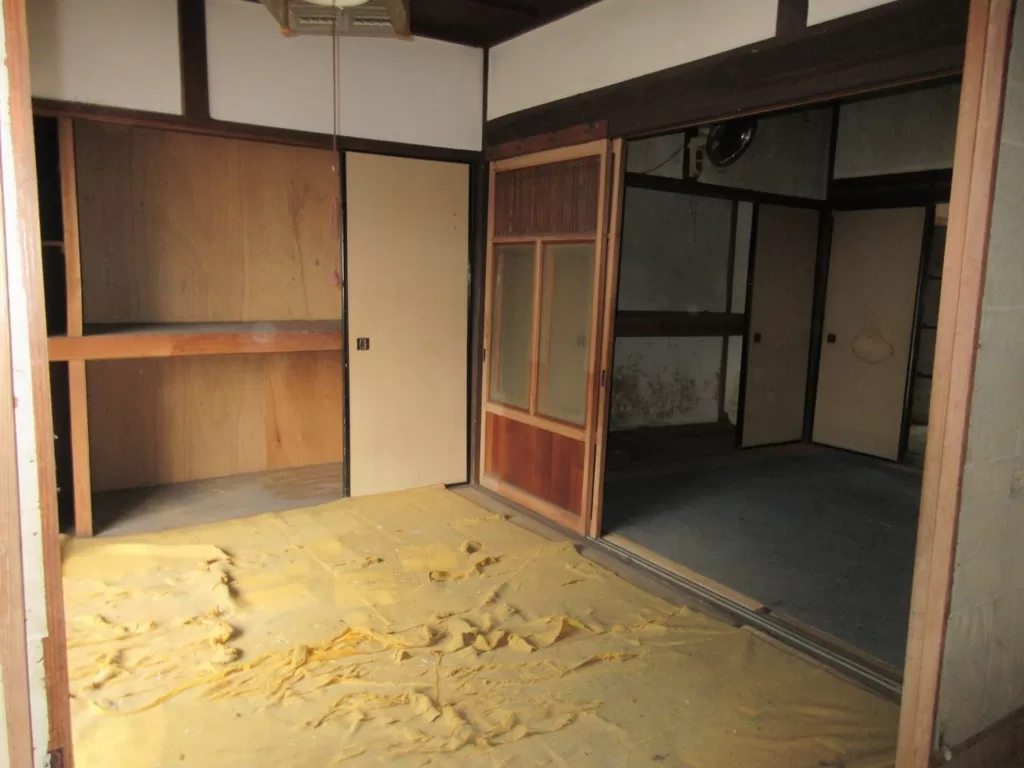
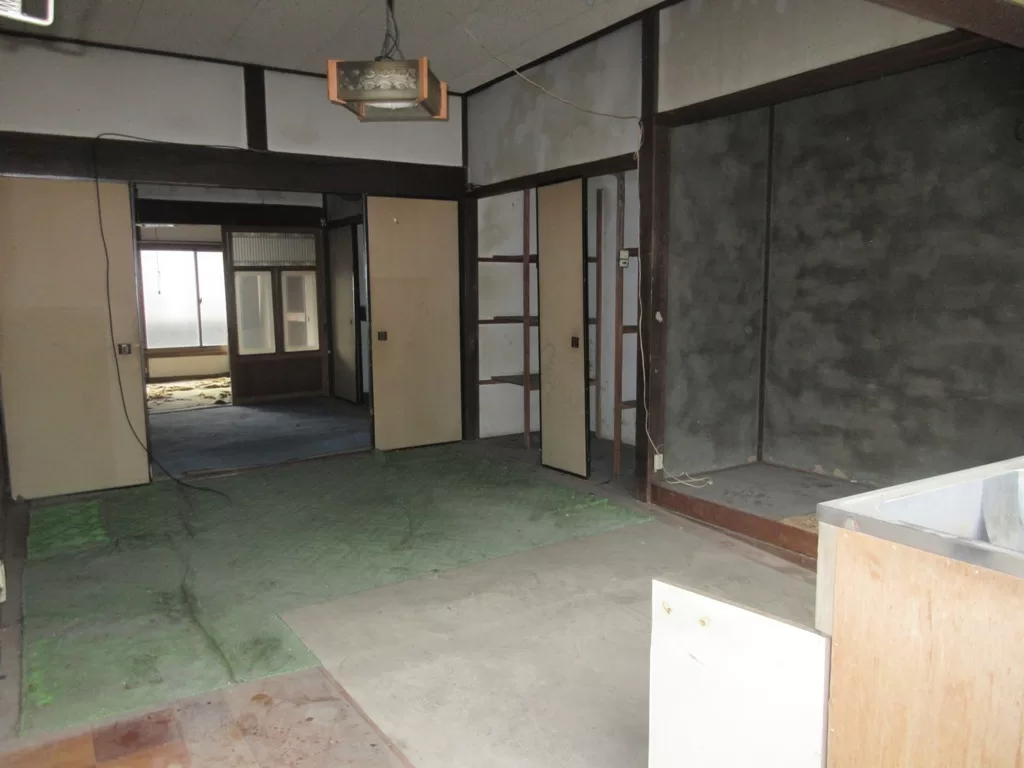
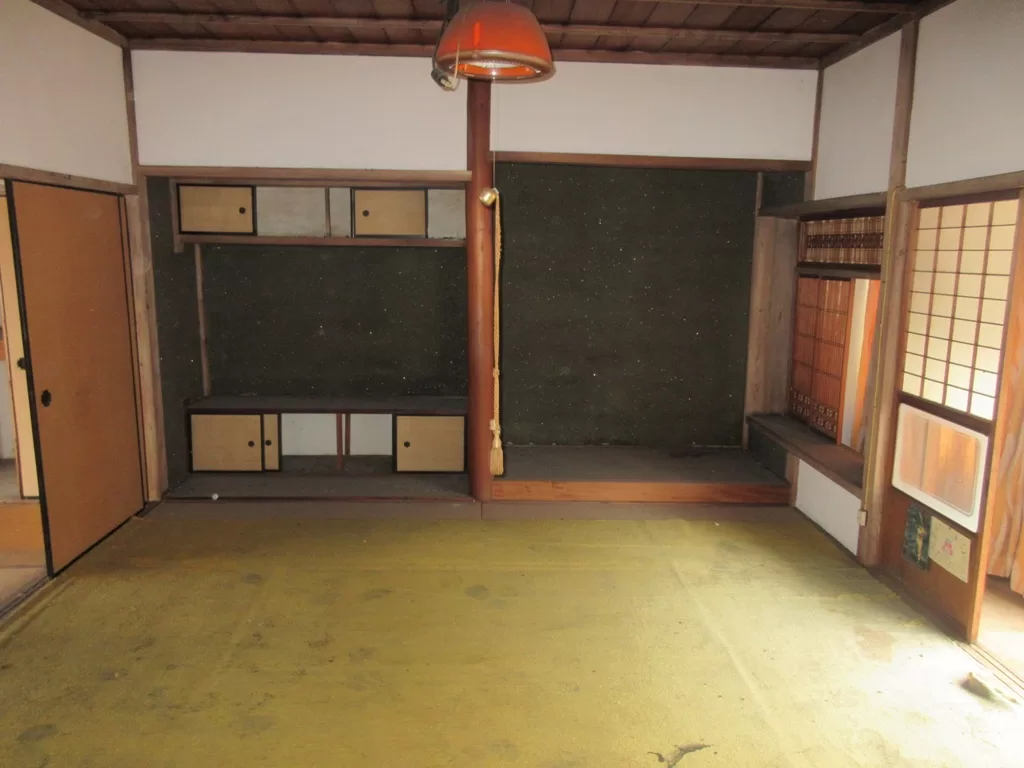
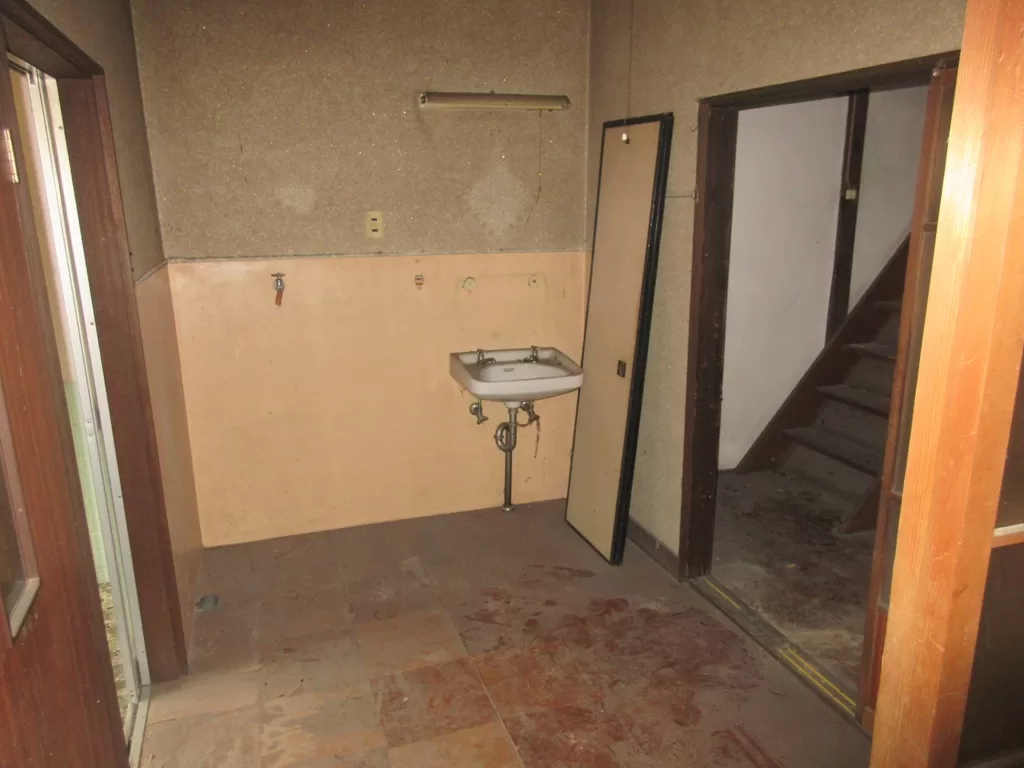
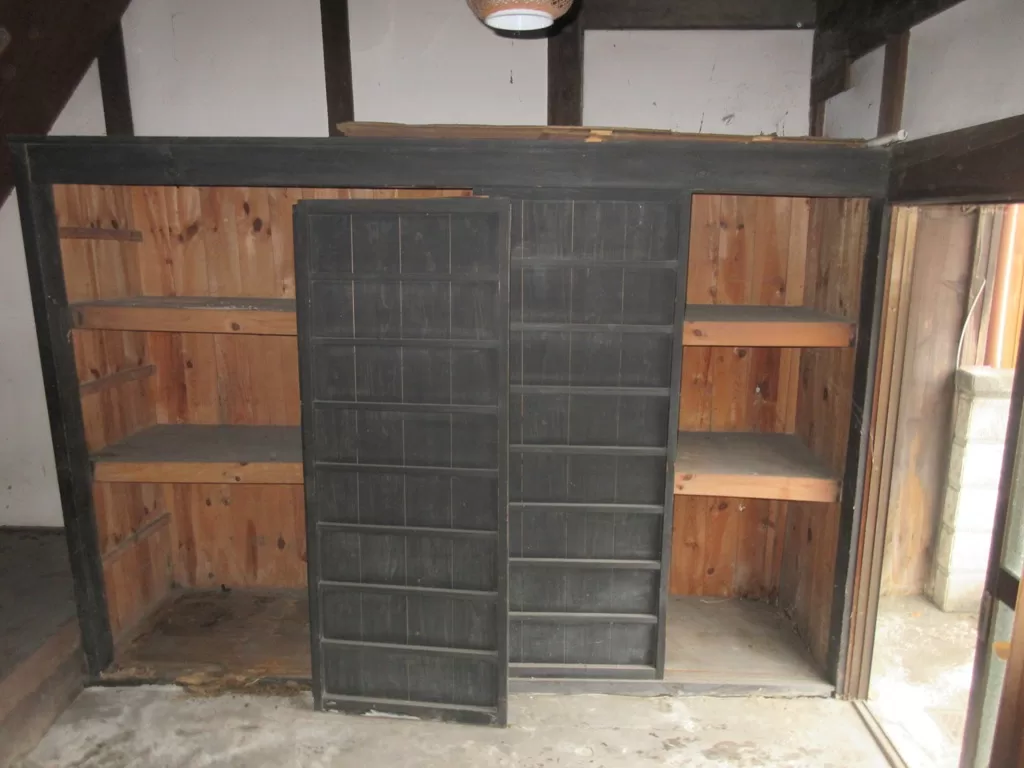
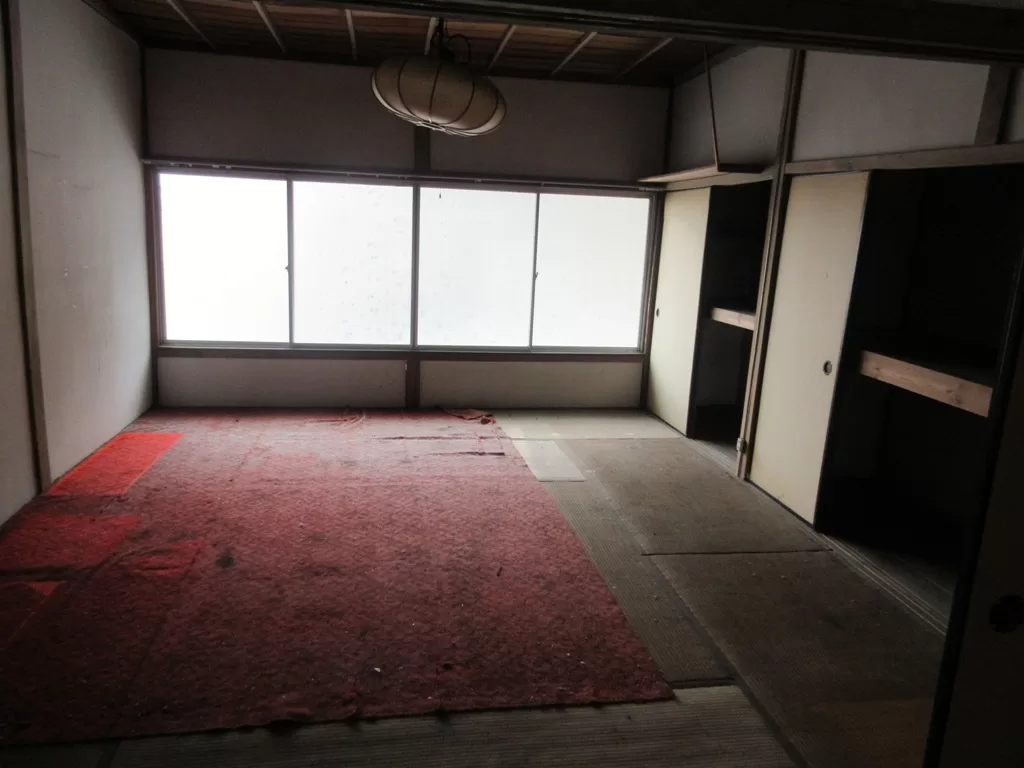
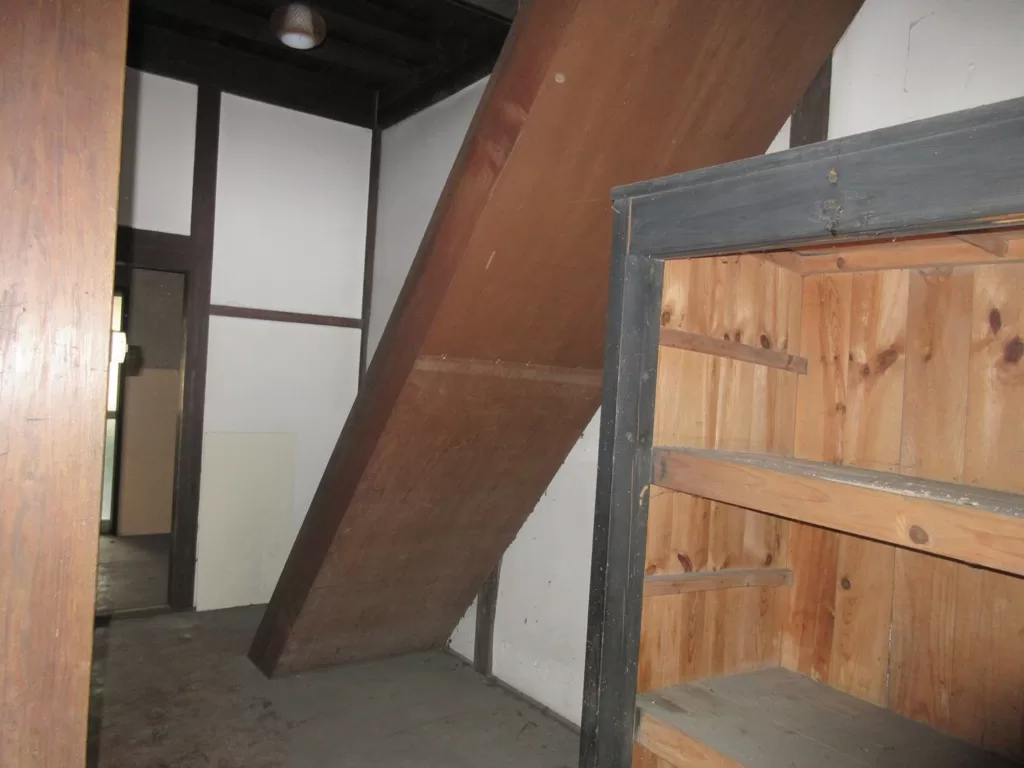


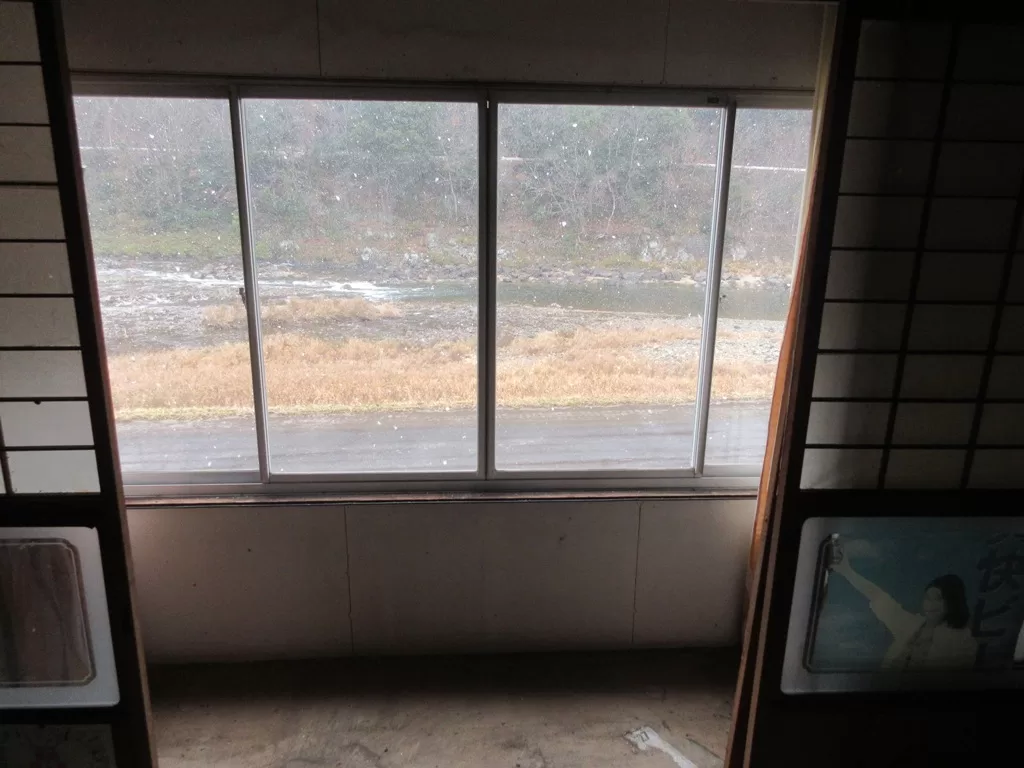
Features of the house at Miyoshi Town (No. 128) | Miyoshi STYLE Tsunagu:
- List Price: ~$3700 USD / 500,000 yen (negotiable)
- Can be sold as a set with the house next door (No. 75) (Price negotiable)
- Machiya-style house
- Beautiful view of the Saijo River in the back
- Residential land area: 84㎡ (900 sqft)
- Total floor area: 146㎡ (1570 sqft)
- Floor plan: 4K
- Building date: 1932
- Structure: Two-story wooden building
- Traffic: 1.5 km to Geibi Line Miyoshi Station, 4.7 km to Chugoku Jukan Expressway Miyoshi IC
- School district: 1.2 kilometers to Tokaichi Elementary School, 1.3 kilometers to Tokaichi Junior High School
- Water/Gas/Toilet: Water supply/propane gas/septic tank
- Incidental property: None
- Remarks: No household goods. The information is based on the application form.
Pros:
- Beautiful view of the Saijo River in the back.
- Machiya-style house adds character and charm to the property.
- Can be sold as a set with the house next door, providing the opportunity for expansion or investment.
Cons:
- No parking space.
- The house is an older wooden building and may require maintenance and repairs.
House #2
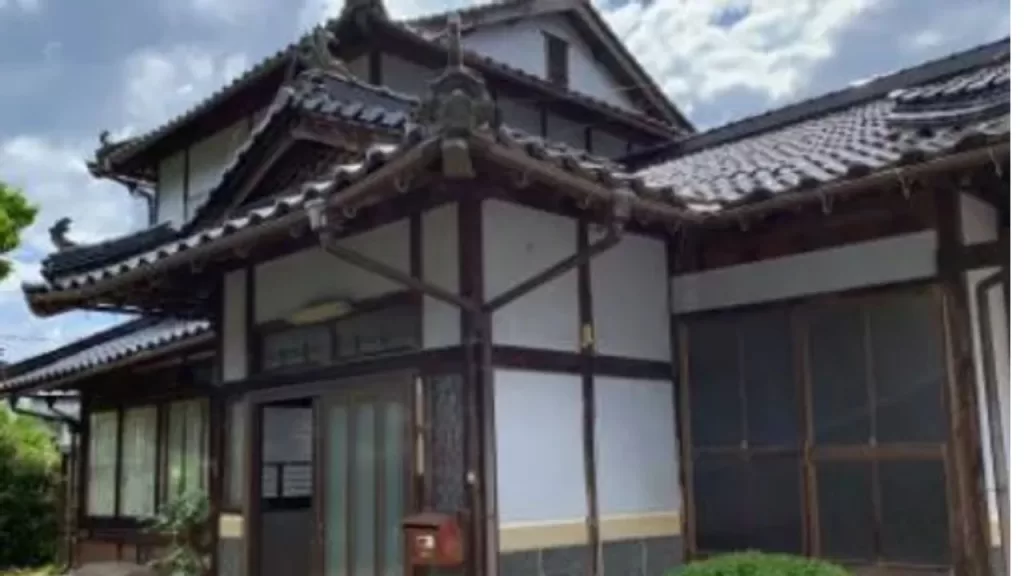
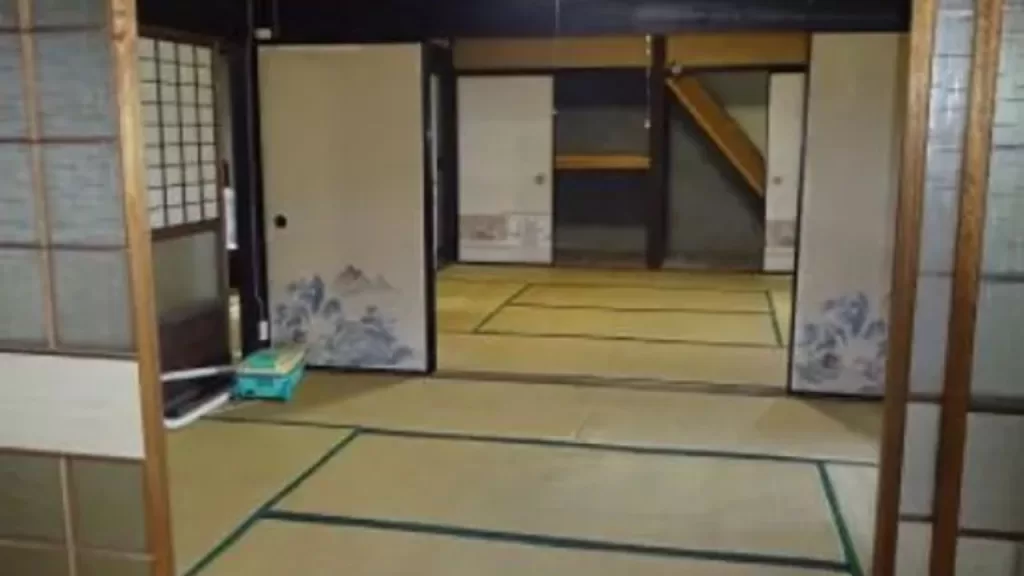
Features:
- Location: Miyoshi, Hiroshima
- Listing price: ~$2,200 USD / 300,000 Yen
- Akiya (empty house)
- Opportunity for renovation
- Note: this unit is just for reference, it appears no longer available for sale
Pros:
- Affordable price: At $2,200 / 300,000 円, this house listing in Miyoshi, Hiroshima is relatively cheap compared to other real estate options in the area.
- Location: The house is located in a desirable location which is known for its beautiful scenery and peaceful atmosphere.
- Opportunity for renovation: This property is an akiya, which means it is an empty house that needs renovation. For buyers interested in renovating a property, this could be a great opportunity to create a unique living space.
Cons:
- Renovation costs: While the price of the property is low, buyers should consider the additional costs of renovating the house to make it livable.
- Limited information: The listing does not provide a lot of details about the property, such as the size of the house, the number of rooms, and the condition of the plumbing and electrical systems.
What About Non-Akiya Houses For Sale?
There are many websites that can be used to buy afforable real estate in Japan. Some of the most popular include:
- Suumo.jp is the most visited real estate website in Japan, and it offers a wide selection of properties for sale and rent. It is available in both Japanese and English, making it a good option for foreign buyers.
- Homes.co.jp is another popular real estate website in Japan. It offers a variety of search features, including the ability to search by property type, location, and price. It is also available in both Japanese and English.
- AtHome.co.jp is another major real estate website in Japan. It offers a variety of search features, and it also includes a blog with news and information about the Japanese real estate market. It is available in both Japanese and English.
- Japan-Property.jp is a website that is specifically designed for foreign buyers of Japanese real estate. It offers a variety of resources, including a database of properties for sale, information about the Japanese real estate market, and a blog with tips for foreign buyers.
- RealEstate.co.jp is a website that is also specifically designed for foreign buyers of Japanese real estate. It offers a variety of services, including property search, assistance with real estate transactions, and visa and immigration assistance.
What to Expect When Buying an Old House in Japan
While it’s true that some old houses in Japan can be purchased for as little as $500 or even for free, potential buyers should be aware of the challenges that come with these properties. Many of these houses have been abandoned for years and are in need of extensive renovations, including repairs for mold, water damage, and dilapidated structures.
Increasing Your Budget for Better Options
Raising the budget to around $5,000 can yield better options. For example, a 60m2, 3DK bungalow in Oita Prefecture’s Motosaru coastal area could be purchased for approximately ¥800,000 ($5,800). However, properties like these may still require light repairs and are often located far from public transportation and amenities, making owning a car essential.
Finding Affordable Houses in Japan
Various websites list affordable and free houses in Japan. These properties are mostly located in rural areas, so those interested in a quieter lifestyle away from urban centers may find them appealing. However, it’s crucial to consider additional costs associated with owning and renovating these properties.
Government Financial Support for Home Renovations
The Japanese government offers funding for residents to support relocation to the countryside and home renovations. The nationwide “Long-life quality housing remodeling” scheme provides up to ¥2.5 million (about $17k) for disaster-proofing and energy efficiency improvements, prioritizing young people under 40 and young families. Local authorities also run similar schemes, but they may be less well-publicized and require research.
The Affordability of Buying a House in Japan
Japan is gradually gaining attention as one of the most affordable places to own a vacation home. Compared to other popular tourist destinations like Europe and the US, real estate prices in Japan are considerably lower. Furthermore, property taxes are also remarkably low, which makes owning a house in Japan more attractive.
Real Estate Prices in Japan
The cost of buying a house in Japan varies depending on factors like location, size, and age of the property. Despite this, data from Numbeo shows that the average price per square meter for an apartment outside city centers lies between ¥250,000-¥300,000 (approximately $2,400-$2,900). In comparison to other global cities where prices range between $6,000-$15 000 per square meter getting a bargain vacation home significantly reduces your overheads.
Moreover, despite being among urbanite areas such as Tokyo’s metropolitan region or Kyoto’s historical sites have relatively affordable properties. It’s not just locals who enjoy this luxury; foreigners can easily acquire these properties too.
The Process of Buying a House in Japan as a Non-resident
As we’ve established that buying property in Japan is very affordable; however , for non-residents it has its challenges such as language barriers and unfamiliarity with Japanese customs surrounding property purchasing. It may be daunting for foreigners looking to purchase houses; nonetheless acquiring property ownership rights has been made easy through legal means.
Legal Requirements
The good news for non-resident buyers is that you can even buy a house on a tourist visa and have full property ownership rights recognized under Japanese law with only two prerequisites: having physically viewed the residence you intend to buy; ensuring that there isn’t any illegal activity linked to it.
Once these requirements are met you will need:
- Get your residency documents registered at your nearest embassy.
- Obtain certification from your ward office verifying whether you intend to reside in the house.
- and finally register your property with the local government.
As pointed out by Japan Property Central, It’s recommended that you hire a lawyer or real estate specialist who is bilingual, which removes the language barrier but also helps guide you on legal matters.
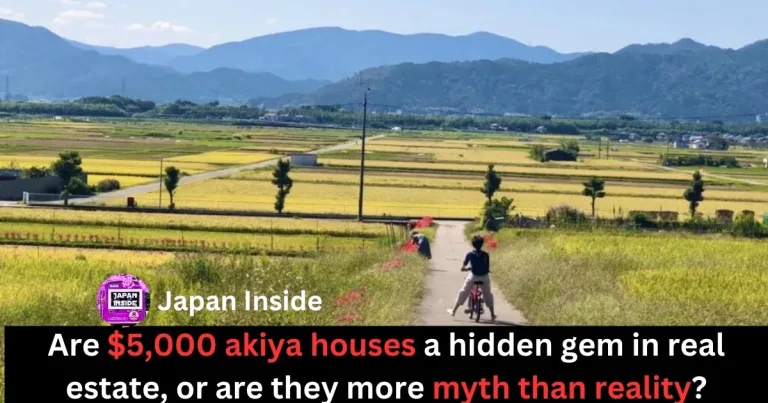
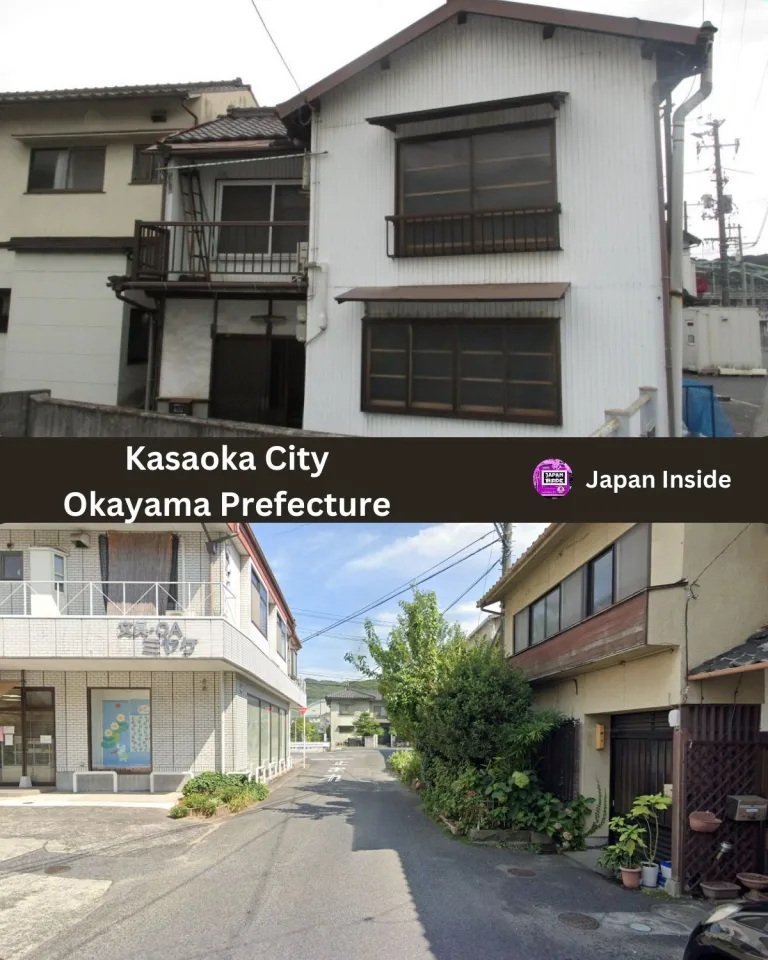
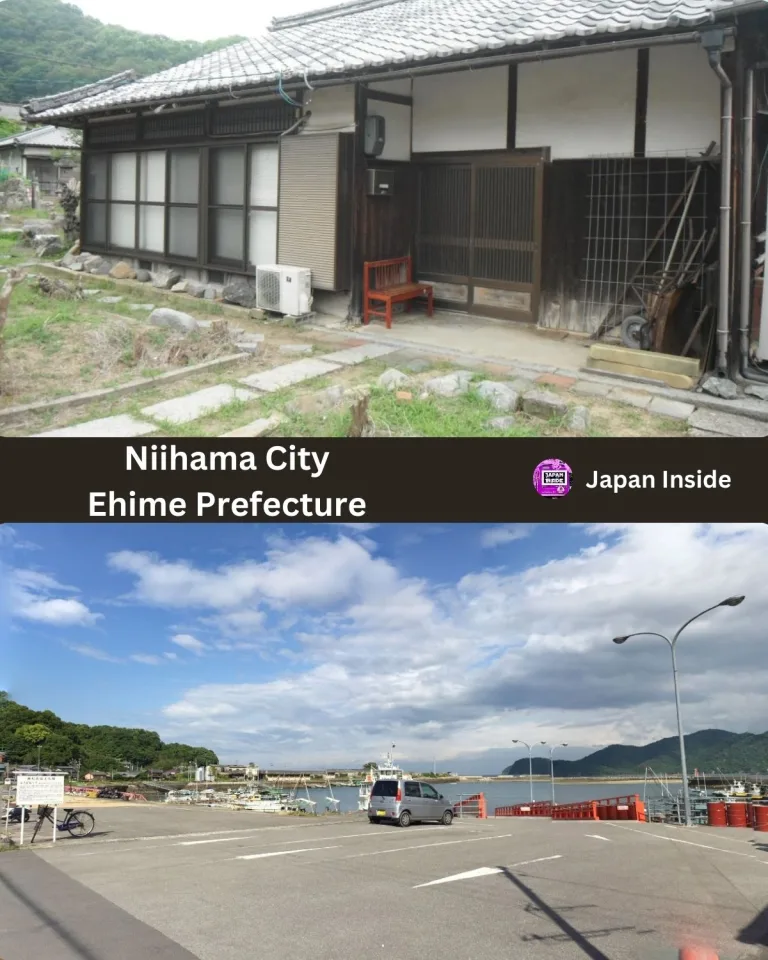
Stories You Will Also Like
Top 5 Underrated Prefectures Where You Can Buy a Home for Under ¥500,000
Why Japan Lives Longer Despite Eating Carbs, Using Seed Oils, And Skipping The Gym
Tourist Arrivals to Japan Plunge Amid Rumors of July 2025 Disaster